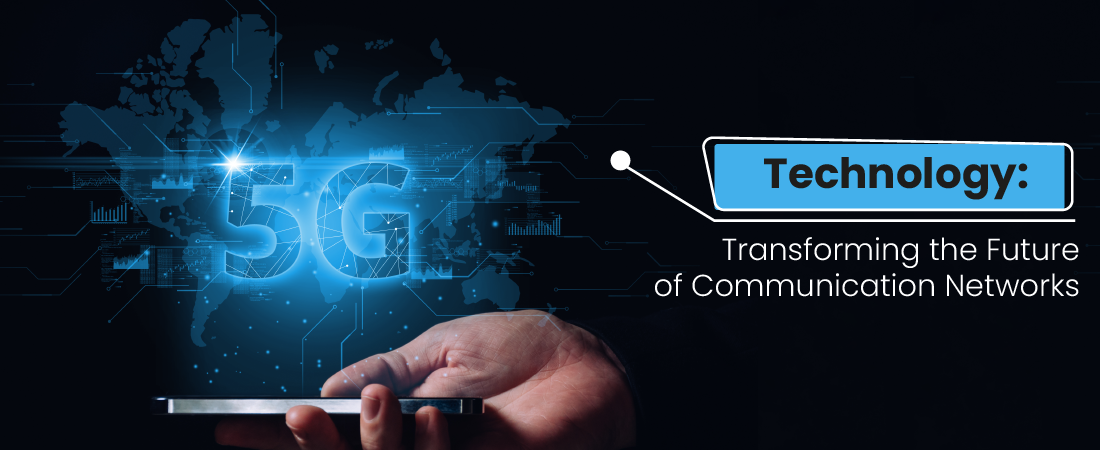
In recent years, no talk on mobile communication is complete without a reference to 5G. The most anticipated, debated telecommunication technology around, 5G is poised to redefine the communication paradigm in India. Globally, 5G is available in 47 of the 70 largest economies. Launched in India, in key cities such as Delhi, Mumbai, and Kolkata, 5G is being served in 10,000 cities by two of India’s prominent operators Jio and Airtel. Let’s look at the game changing benefits 5G offers.
The other aspect is low latency. This is the time taken for data to travel from source to destination. 5G has a latency as low as 1 millisecond which can enable real-time interaction and communication between various devices, opening doors to applications such as robotics, gaming and augmented reality.
5G also assures reliable connectivity in densely populated areas which translates to better user experience, stable speeds and reliable connections. This also reduces network congestion and provides access to critical services.
Powering Economic Growth - 5G is a huge enabler of innovation and economic growth. The network has the potential to power several innovative devices, leading to job creation, increased productivity and hence a growth in the economy. Globally, 5G is expected to unlock USD 13.2 trillion in economic value by 2035, as per industry estimates.
5G is expected to benefit verticals as diverse as agriculture, entertainment, education, healthcare, and transportation. In agriculture, 5G can optimise crop production and reduce wastage through real-time, remote monitoring. In education, 5G can enable virtual education with rich content that can be delivered smoothly to far-flung regions, thereby creating a level-playing field. In entertainment, 4K and 8K HD video content can be streamed seamlessly, greatly enhancing the movie experience, right at home.
Remote work and collaboration on multinational projects will get a boost with 5G, thanks to its seamless connectivity. Workers can leverage the high-speed internet to collaborate seamlessly with colleagues located anywhere in the world. 5G will power real-time video conferencing, virtual meetings, and real-time data sharing ushering in a new experience in non-physical interactions.
The healthcare sector can benefit through advancements in telemedicine, remote diagnostics, and patient monitoring with 5G. Doctors can offer remote consultation, access patient data real time, and guide surgeries remotely with AR, vastly benefiting communities in far flung areas.
The other fascinating application with 5G is autonomous vehicles, positioned to transform transportation and mobility. These vehicles depend on fast and reliable communication networks for effective functioning. 5G is made for this with its ultra-low latency and high speeds. Vehicles can communicate with surrounding infrastructure such as guidance devices and sensors in real-time to function effectively.
Dayananda Sagar Institute of Technology (DSIT), part of Dayananda Sagar group of Institutions, is one of India’s leading names in technical education. DSIT offers a 3-year, full time diploma program in Electronics and Communication Engineering that equips you for a promising career.
The course combines theory with practical learning and project work that covers advanced technologies to enable students to work in all major areas of electronic engineering. Students study about various hardware and software like PCB design, 8051 microcontroller, ARM controller, PLC, VHDL Programming, Matrix Lab etc.
The research-led teaching style imparts contemporary technologies and successful students from DSIT transform to sought-after professionals with a sound understanding of telecommunication in addition to a firm knowledge of electronic engineering.
Copyright © 2023 Dayananda Sagar Institutions. All Rights Reserved.